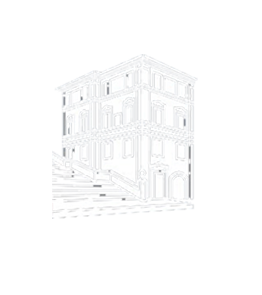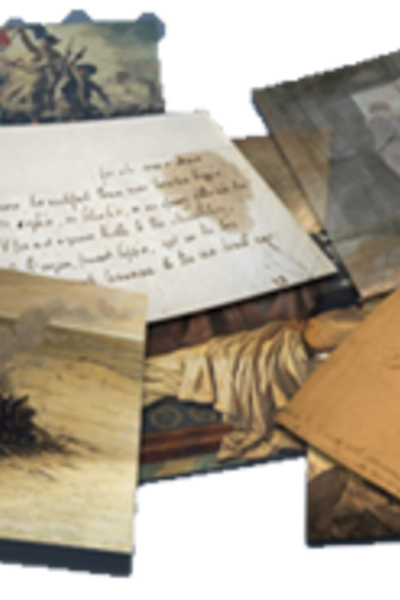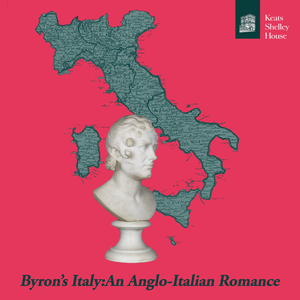My mind feels as if it ached to behold and know something great, something one and indivisible—and it is only in the faith of this that rocks or waterfalls, mountains or caverns, give me the sense of sublimity or majesty!
Coleridge to Thelwall, 14th october 1797
The age of Romanticism broadly spans the period between the French Revolution in 1789 and the coronation of Queen Victoria in 1837. Never a unified and self-conscious movement, it resists definition.
Romanticism does, however, have certain characteristics that distinguish it from the preceding age of Enlightenment.
Where the Enlightenment emphasised objectivity and reason, Romanticism looked to the more subjective and irrational parts of human nature: emotion, the imagination, genius, introspection and our response to the natural world.
The Romantic age produced an extraordinary wealth of writers, artists and composers throughout Europe – in literature, figures such as Goethe, Rousseau, Pushkin and Hugo; in art, Turner, Constable, Delacroix, Géricault and Friedrich; and in music, Beethoven, Schubert and Berlioz.
In English poetry there were six outstanding figures: William Blake, William Wordsworth, and Samuel Taylor Coleridge from the first generation, and Lord Byron, Percy Bysshe Shelley and John Keats from the second. These writers – none of whom would have thought of himself as a Romantic poet – produced varied and individually very distinctive work. They shared, nevertheless, a feeling that they were contributing to a period of enormous political, social and intellectual change.
‘The literature of England’, wrote Shelley in A Defence of Poetry, ‘has arisen as it were from a new birth … we live among such philosophers and poets as surpass beyond comparison any who have appeared since the last national struggle for civil and religious liberty.’











